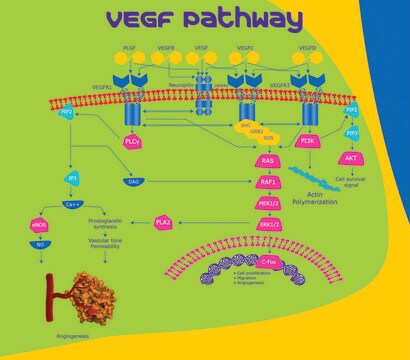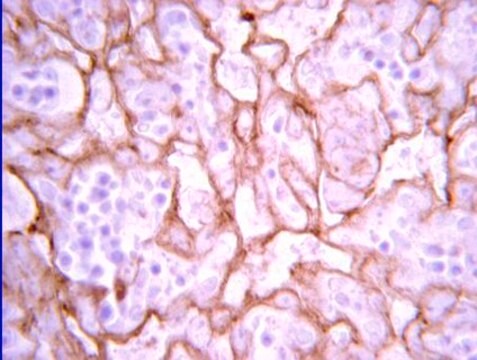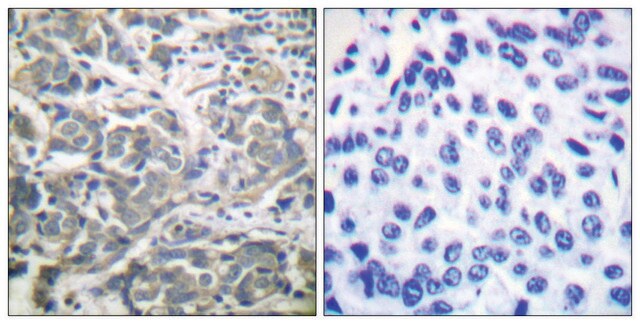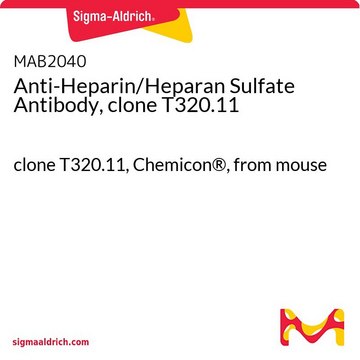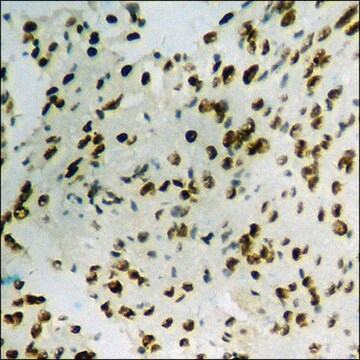SRP8056
Tim-3 (mouse): FC (human)
recombinant, expressed in CHO cells, ≥98% (SDS-PAGE)
Sinônimo(s):
HAVcr-2, T-cell immunoglobulin and mucin domain-containing protein 3, TIM3, TIMD3
About This Item
Produtos recomendados
fonte biológica
mouse
recombinante
expressed in CHO cells
Ensaio
≥98% (SDS-PAGE)
forma
lyophilized
peso molecular
monomer 45 kDa by calculation
embalagem
pkg of 100 μg
condição de armazenamento
avoid repeated freeze/thaw cycles
Impurezas
<0.06 EU/μg endotoxin, tested
cor
white
nº de adesão UniProt
Condições de expedição
wet ice
temperatura de armazenamento
−20°C
Informações sobre genes
mouse ... Havcr2(171285)
Descrição geral
Ações bioquímicas/fisiológicas
forma física
Reconstituição
Outras notas
Código de classe de armazenamento
10 - Combustible liquids
Classe de risco de água (WGK)
WGK 2
Ponto de fulgor (°F)
Not applicable
Ponto de fulgor (°C)
Not applicable
Certificados de análise (COA)
Busque Certificados de análise (COA) digitando o Número do Lote do produto. Os números de lote e remessa podem ser encontrados no rótulo de um produto após a palavra “Lot” ou “Batch”.
Já possui este produto?
Encontre a documentação dos produtos que você adquiriu recentemente na biblioteca de documentos.
Nossa equipe de cientistas tem experiência em todas as áreas de pesquisa, incluindo Life Sciences, ciência de materiais, síntese química, cromatografia, química analítica e muitas outras.
Entre em contato com a assistência técnica